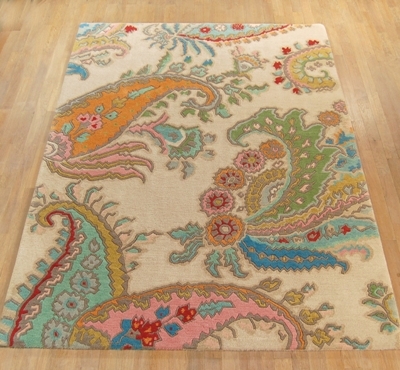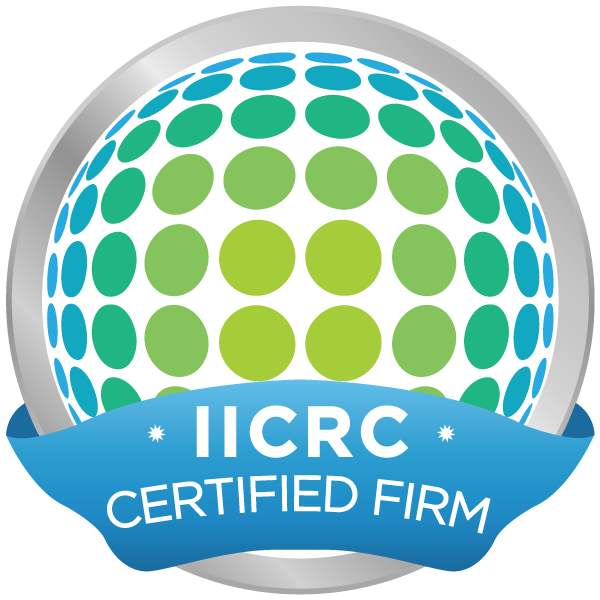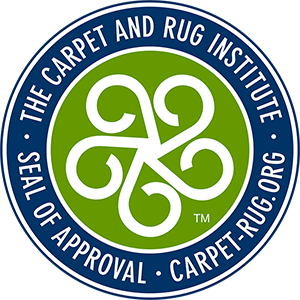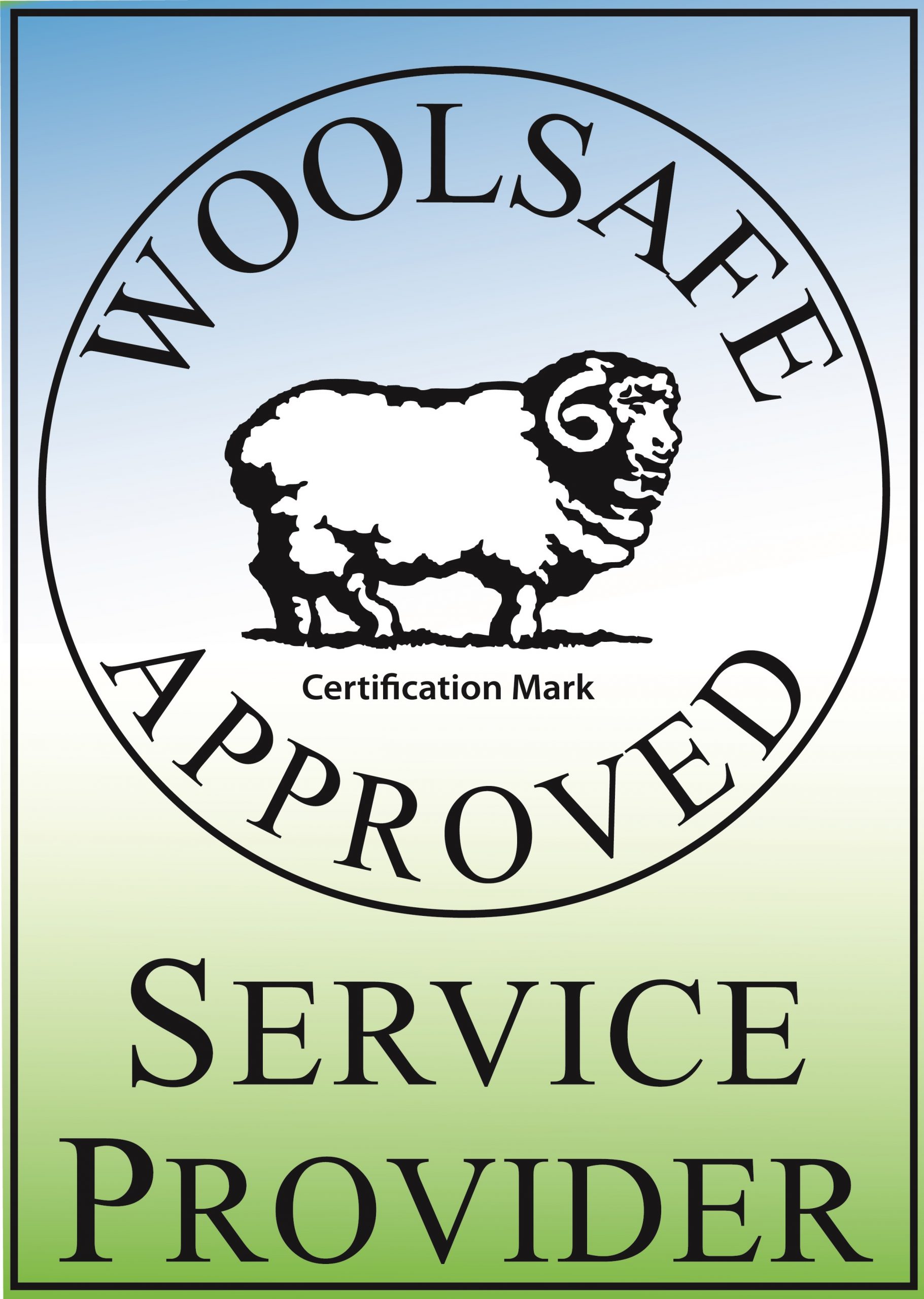How To Identify A Tibetan Hand Knotted Rug
Tibetan rugs are known for their striking colors and large patterns. Traditionally, they were fashioned from highland sheep wool. These items were used for a number of purposes including wall hangings and flooring. The most common use for Tibetan rugs was for seating carpets. Commonly known as a Khaden, they measured 3×5 feet, 0.9 m x 1.6 m.
The knots used to make Tibetan hand knotted rugs are different from the method used by rug makers in other parts of the world. Traditionally, they were tied over a rod. The pile would not be cut until a row of knots had been completed. At that point in the process, the rod would be slipped out so that the rug would have a flat surface.
The finishing process for Tibetan rugs involves carving the pile so that certain parts of the design are outlined. Most of these rugs are produced with 60, 80 or 100 knots per square inch. The more intricate the design is, the finer the weave that is used to create it. A 100-knot rug will be thinner when completed than a 60-knot rug.
A 60-knot rug will have more pile that can be sculpted to accent specific parts of its design. This type gives the weaver more freedom to add texture to the finished piece.
Colors used in Tibetan rugs
Common background colors used for Tibetan rugs are red, blue, black and orange. Some weavers use ivory or yellow for this part of the rug, but these are not common color choices.
The motifs used in the rugs are usually made with white, beige, yellow, blue, green, red, orange or pink yarn. Designs used are influenced by East Turkestan and Chinese cultures.
Specific images used on the rugs include mythological birds and animals, flowers and medallions. Examples of mythological creatures that may be depicted on Tibetan rugs include dragons, bats, bees, the white Manchurian crane and the phoenix.
Some designs feature a floral motif. With this type of Tibetan rug, two or three flowers may appear on the rug’s surface. Another option is to feature large flowers in an overall pattern without a border. Popular flower designs include peonies, lotuses and chrysanthemums.
Medallion rugs feature one or three large medallions surrounded by two or more borders. Some medallions are square and are surrounded by flowers and leaves, while others are round, and they feature a peony or a lotus inside their design. Animal motifs may appear inside medallions, and snow-lions, Manchurian cranes, dragons and the phoenix are popular choices for this style of rug.
Tibetan rugs are made with a unique weaving technique. By choosing the number of knots per square inch, the weaver can control the thickness of the rug. Since the rug’s pile is sculpted to draw attention to specific parts of the design, each one of these handcrafted floor coverings is truly unique. With their striking colors and intricate designs, Tibetan rugs can be interesting focal points for any room.
For more information about Oriental style wool, hand-knotted and silk area rugs please visit Oriental Rug Salon online at www.OrientalRugSalon.com or call us any time at 239-424-8171.
Oriental Rug Salon specializes in the hand-washing and repair of Oriental, wool and silk area rugs throughout SW Florida.
We offer free pick-up and delivery throughout the cities of Cape Coral, Fort Myers, Punta Gorda, Sanibel, Estero, Bonita Springs, Naples and Marco Island.




